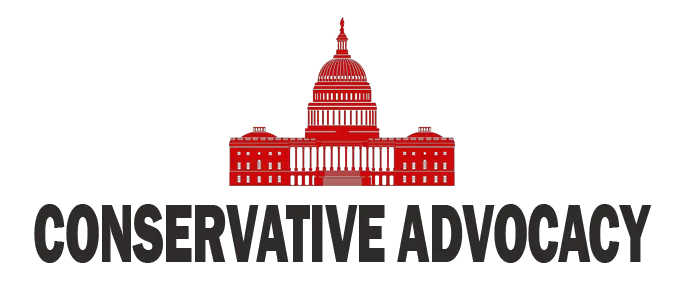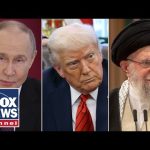Vice President J.D. Vance is embarking on a four-day trip to India, a journey that’s stirring up plenty of excitement in the political landscape. This trip isn’t just for sightseeing; it’s a strategic move to strengthen economic ties and collaborate against a common concern: China. With recent reports suggesting that India is stepping up to play a larger role in U.S. trade as tariffs impact Chinese transactions, this visit couldn’t come at a better time. The Vice President aims to seize opportunities that can bolster the U.S. economy while working to keep China’s ambitions in check.
Trade deals are at the forefront of Vance’s discussions, especially after China warned countries against entering into agreements with the United States. This warning only underscores the need for the U.S. and India to steel their economic partnership. With India’s enormous, highly skilled workforce, the potential for collaboration in key industries is tremendous. The Vice President will likely discuss moving more manufacturing from China to India, thus ensuring that American companies can operate in more reliable environments while still benefiting from competitive pricing and skilled labor.
One aspect of Indian cooperation that is crucial for the U.S. is the transfer of certain manufacturing processes that are currently too dependent on China. Industries such as semiconductors, which are essential for everything from smartphones to military equipment, will benefit from a stronger partnership with India. As Vance travels, he will be looking to implement strategies to boost American sovereignty and make sure that products critical to national security are made in stable, trustworthy locations.
Meanwhile, the situation in Ukraine continues to unfold intriguingly. Some might say the U.S. is becoming “tired” of the ongoing conflict, as there are growing discussions about the need for peace negotiations. Recent comments suggest that patience is wearing thin, and if meaningful progress towards peace isn’t made soon, the U.S. might take a step back from its current involved stance. This reflects a broader strategy that the Trump administration seems to advocate – one that seeks to reset relations with authoritarian regimes when conditions permit, but also shows readiness to escalate pressure when necessary.
The stakes are high for both Ukraine and Russia. For Russia, the opportunity to broker a deal doesn’t seem to be fully realized, despite presenting ceasefires that lack genuine commitment. President Trump’s approach of negotiating from a position of strength might be what is needed to balance power dynamics in this ongoing struggle. With each passing day, the hope remains that both nations can reach a peaceful resolution, paving the way for enhanced trade relationships that benefit the United States as well.
On another front, Vance’s discussions in India may touch on rare earth deals that are becoming increasingly crucial as China tightens its grip on these essential materials. The U.S. must secure its interests in these resources, not just for commercial use but also for national defense. It is all about ensuring that America can maintain its technological edge while standing firm against authoritarian influences. In the grand scheme, this trip to India isn’t just for economic gain; it’s a strategic chess move on a larger board spanning global politics, trade, and national security. Each conversation and negotiation could lead to relationships that bolster the United States’ position in the world, and that’s a win worth pursuing.




